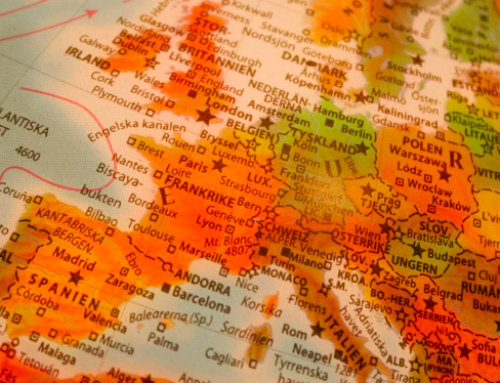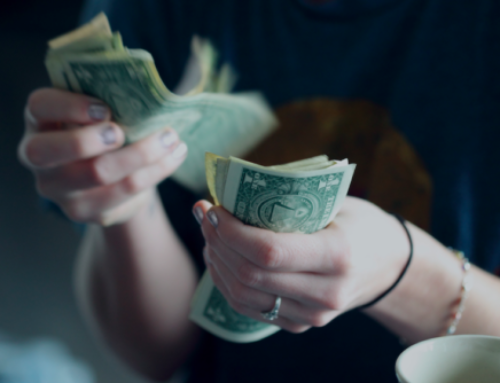Happiness and Pain


Share This Resource, Choose Your Platform!
Two recent articles have summarized research in fields that seem unrelated: the effect of money on happiness and the efficacy of pain in creating social bonds. As a thought experiment, I would like to consider these two fields in relation to one another, and in relation to a society increasingly divided into haves and have nots.
Andrew Blackman’s article in the New York Times, “Can Money Buy You Happiness?” suggests, not surprisingly, that money can indeed buy you happiness, at least to a certain extent. Citing a variety of studies, Blackman demonstrates that those with more money are consistently happier than those with less.
Once basic needs have been satisfied, the research shows that the happiness provided solely by increasing income eventually levels off: according to one study, this plateau is reached at a household income of $75,000 (although “household” is not defined). Once additional income itself ceases to increase happiness, how the income is spent becomes key. Blackman cites research suggesting that buying experiences—travel, concerts, theatre, etc.—provides longer-lasting happiness, in the form of memories, than buying things. Additionally, taking time to intentionally reflect on the pleasure that your possessions give you; not stepping onto the “hedonic treadmill” which essentially turns spending into a stressful acquisitiveness; staying out of debt; buying time to relax, and last, but not least, giving money away, all contribute to greater happiness. Interestingly, giving money away (to charities, etc.), seems to engender happiness regardless of socioeconomic status.
If money can, within limits, buy happiness, then what is the gain from pain? Maria Konnikova’s blog post at NewYorker.com, “Pain Really Does Make Us Gain,” reviews a half-century of research on the social effects of pain. Whether more or less randomly inflicted, or endured intentionally as part of a formal rite, pain has been shown over and over to build group cohesion and loyalty among those who share a painful experience.
It is reasonable to assume that poverty, both extreme and relative, causes pain—physical, psychological, or both. This applies both to those born into poverty and those who have seen their comfortable, middle-class lifestyle eroded through circumstances beyond their control. Therefore, according to the research on pain, those sharing the experience of poverty will develop strong group loyalty, cementing an “us against them” mentality; not only among the poor, but also, in reaction, among the rich. And our society will become more and more divided.
If, however, money buys happiness (always understanding that there are limits), then this bond, and the animosity that it creates, could be weakened by enabling the poor to become a little bit richer—to move from dependency (and despondency) to self-sufficiency and self-worth.
Is this just a roundabout way of saying once again that we must focus on ending poverty? Yes, it is. But with an eye to viewing the issue from the perspective of research on how we experience and respond to both happiness and pain.
Is there a simple answer? Of course not. However, in the long term, the end of poverty must be based on policies and practices that will be sustainable. Make-work projects, short-term subsidies, and new or increased government handouts will not work in the long run. Things like incentives for employee-ownership, profit-sharing, and entrepreneurship; living wages; infrastructure and regional/urban planning efforts that bring people and jobs closer together; quality education that is affordable and accessible; and access to capital for small businesses are all needed as part of a long-term strategy to weaken the sympathetic bonds of poverty and increase happiness for all of us.



